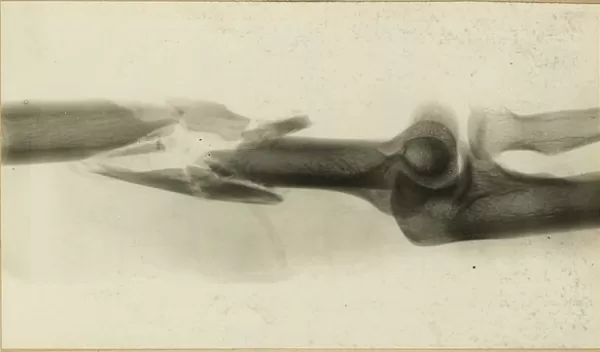
Image-based simulations could improve accuracy in assessing how bone fractures heal
U.S. National Science Foundation-supported researchers based at Lehigh University used bone imaging techniques to study fracture healing and model the mechanical properties of healing bone.
Their model will advance the development of a virtual biomechanical test that assesses the progress of healing fractures. The research could improve how bone fractures are treated and more accurately diagnose nonunions -- when healing fractures fail to fuse.
"The end goal is to save patients time, money and frustration," said Brendan Inglis, lead author of a paper reporting the results. "If a surgeon comes back to you and says you have a nonunion and you need further interventions, that's going to further delay your ability to get back to your life."
The paper details how the healing zone, which is a mix of soft and hard material, determines the mechanical rigidity of the whole bone. Previous models didn't accurately differentiate between bone and callus -- the semi-soft material that creates a temporary bridge between fractured pieces of bone -- which skewed assessments of the healing process.
"Callus is a heterogeneous tissue, meaning it contains more than one density and stiffness value," said Inglis. When modeling healing bone, "you need to come up with some way to treat callus differently. But the mechanical properties of callus still aren't well understood."
This work will account for the varying densities and stiffness in healing bone, resulting in more accurate models, according to the researchers. The team used a model that distinguishes between bone and soft tissue.
“Once you have a model that's validated to what was done on a bench test, you can start to predict different things about the behavior of healing bones,” said Inglis. “The more we understand about why the healing process fails, the better our chance of creating a tool that could one day inform surgeons. So this model gives us a foothold into translating the work into the clinic."
